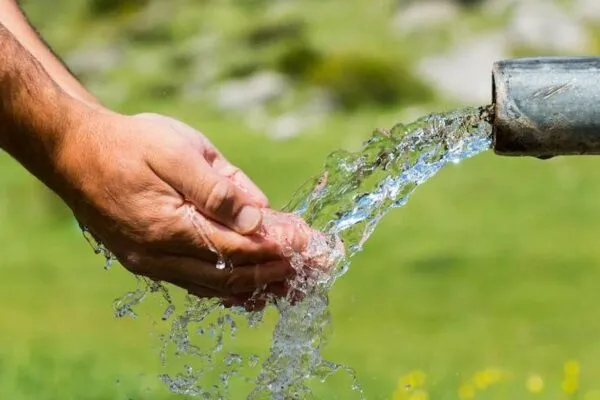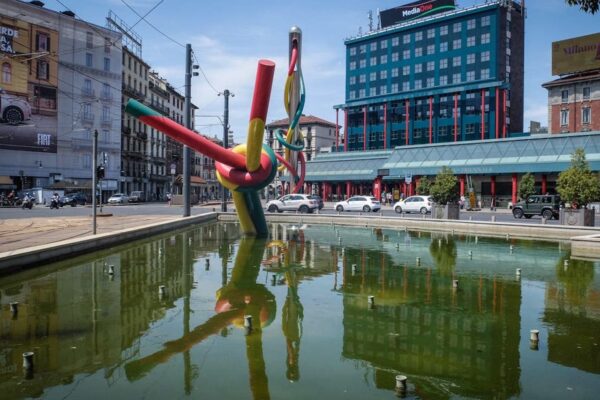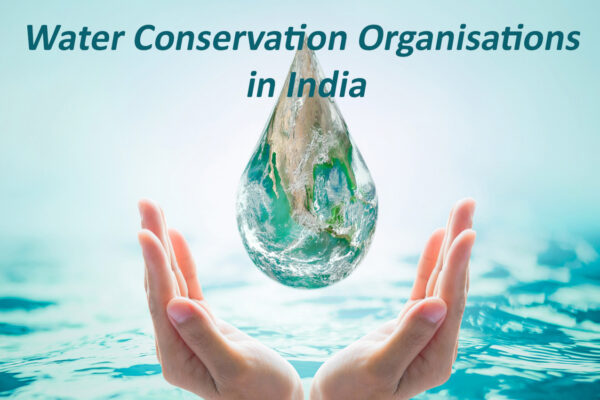NHAI to Harvest Seepage Water in Tunnels for Potable Purpose in Himachal
An experiment has successfully collected 30,000 litres water per day from seepage water in Mandi tunnel, which can potentially pave a way to solve water crisis in the state
The National Highways Authority of India (NHAI) has successfully managed to harvest thousands of liters of water from tunnel seepage in Mandi district of Himachal Pradesh. According to the officials, the water collected from seepage is almost pure natural mineral Himalayan water.
In a first-of-its-kind experiment in Himachal, the authority effectively collected seepage water in the 1,245-metre-long Nela tunnel in Nela village between Nerchowk and Pandoh along the Kirathpur-Manali Highway.
Regional Officer NHAI, Shimla, Abdul Basit said;
The water which pours from right and left side of the tunnel into the rubber sheet inside the concrete walls is collected in a chamber which is connected through pipeline and 30,000 litres of water is collected per day and the volume may increase during the monsoon.
He further said that this new experiment can pave way for an innovative way to harvest water from seeping tunnels, which was earlier wasted. It could be a helpful tool in times of water crisis.
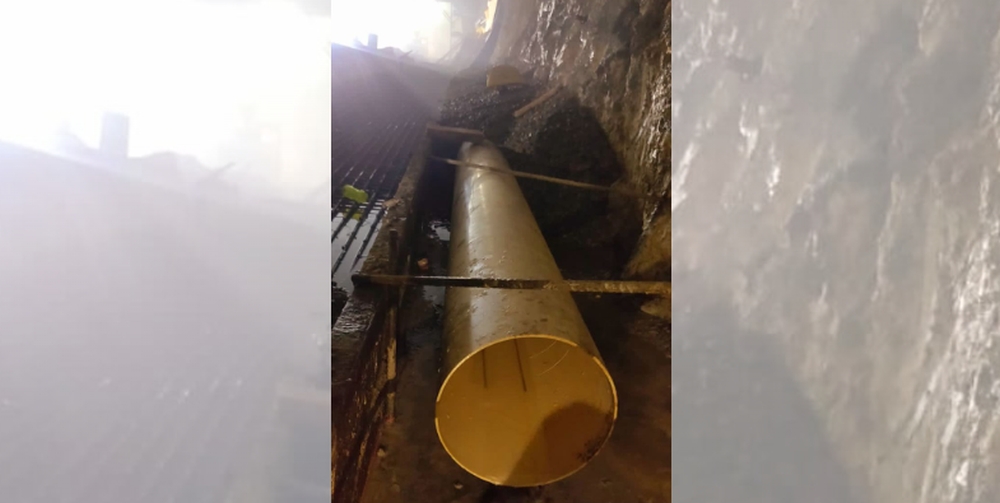
Image: The Tribune
Chairperson NHAI Alka Upadhyaya has applauded this initiative of the NHAI Shimla and has assured to proffer support the practical uses of this experiment.
Basit also added;
By this unique initiative, we will be able to harvest precious water, which was earlier wasted and use for drinking and other needs. This is almost pure natural mineral Himalayan water. The initiative would be implemented in all the ongoing (wherever possible) and upcoming projects, including Kaithlighat-Dhalli section of Parwanoo – Shimla four laning project in which five tunnels measuring five kilometers in length are to be constructed.
Moreover, a water tank will be built as per guidance to store the water and local authorities and NGOs will be involved in to manage distribution of this collected water for drinking and other purposes. Reportedly, about 35 tunnels will be constructed in seven projects being undertaken by the NHAI in Himachal.
What is Water Seepage?
Water seepage occurs when water flows from one place to another through tiny holes or absorbent material, which can compromise the structural integrity over time and affect the neighbouring groundwater levels. Seepage generally happens after heavy rainfall.
The seepage is a common structural issue in tunnel manufacturing, with water flowing from one place to another. An estimated 70 to 80 percent of tunnels have seepage. However, the NHAI saw this issue as an opportunity as seepage water coming into the tunnel from mountains can be harvested and collected in water tanks to be used for drinking purposes or agricultural irrigation and other anthropogenic activities.
Effects of Water Seepage on Tunnels and Ecosystem
Water seepage in tunnels often leads to the loss of regional environmental groundwater resources and the imbalance of the hydrological ecological circulation system, which can further impact the growth of local vegetation. So it becomes absolutely necessary to engineer tunnels in a way to minimize water seepage. While not many tunnels are built with eco-benefits in mind; perhaps, harvesting tunnel water seepage can be a potential solution to water crisis.
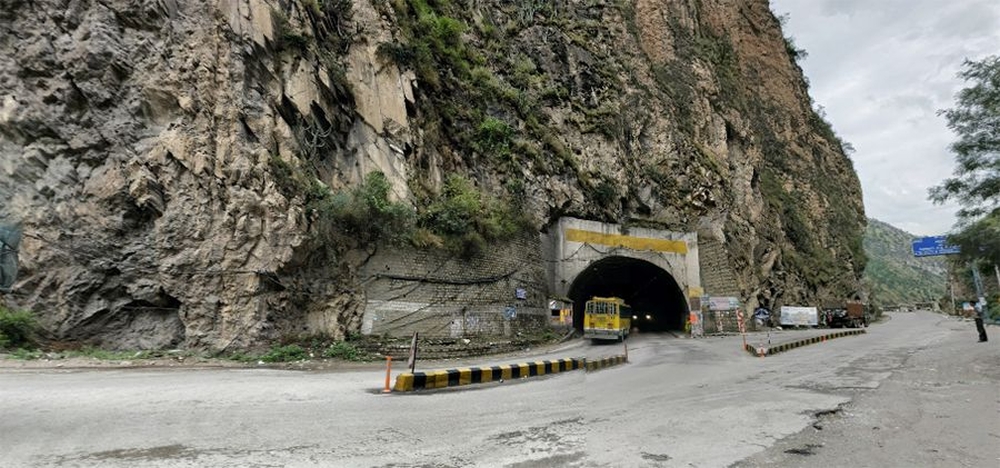
Image: HP General Studies
Moreover, regular water flow through the tunnels can weaken the structural integrity, leading to possible collapse due to water damage. Excessive and regular exposure to water can weaken the concrete compressive strength which varies from 2500 psi (17 MPa) to 4000 psi (28 MPa) and higher in commercial structures. The water seepage in tunnels affect the structure similarly as the phenomenon affects a wall in your home, causing cracks and damage.
A Potential Solution to Water Crisis?
This method can help solve the ever-escalating water crisis in the Himalayan region. Amid rapidly changing climatic conditions and rising temperatures, glaciers are melting at a quick pace and groundwater levels are depleting, which has put millions of lives in the region at risk.
The NHAI will now solve the Himalayan state’s water crisis along with making roads in the rural areas of the state. Under an innovative initiative which would collect seeping water from mountains during the four-lane tunnel construction. Given that state’s wheat yield has dropped tremendously due to extreme heatwaves in 2022, possibly creating rippling effects of famine, this technique can provide the much needed irrigation water for Himachal’s agriculture sector, which mostly depends on rainwater for crop yield.
Is it Healthy Water?
Mountain-crossing tunnels are generally constructed in complex and diverse groundwater environments and changes in the groundwater level will have a direct or indirect effect on the ecosystem and natural vegetation. Furthermore, the tunnel construction also has chemical and biological impacts on the ecosystem, contaminating the groundwater levels.
So one must wonder how healthy this water from tunnel seepage actually is. However, as Regional Officer NHAI, Shimla, Abdul Basit said that the water harvested from tunnel seepage is almost pure natural mineral Himalayan water, it is safe to say that it is healthy water that can be used for drinking and agricultural purposes, and so on. Besides it is a way to utilize natural resources in the best possible way.
Via: The Tribune
